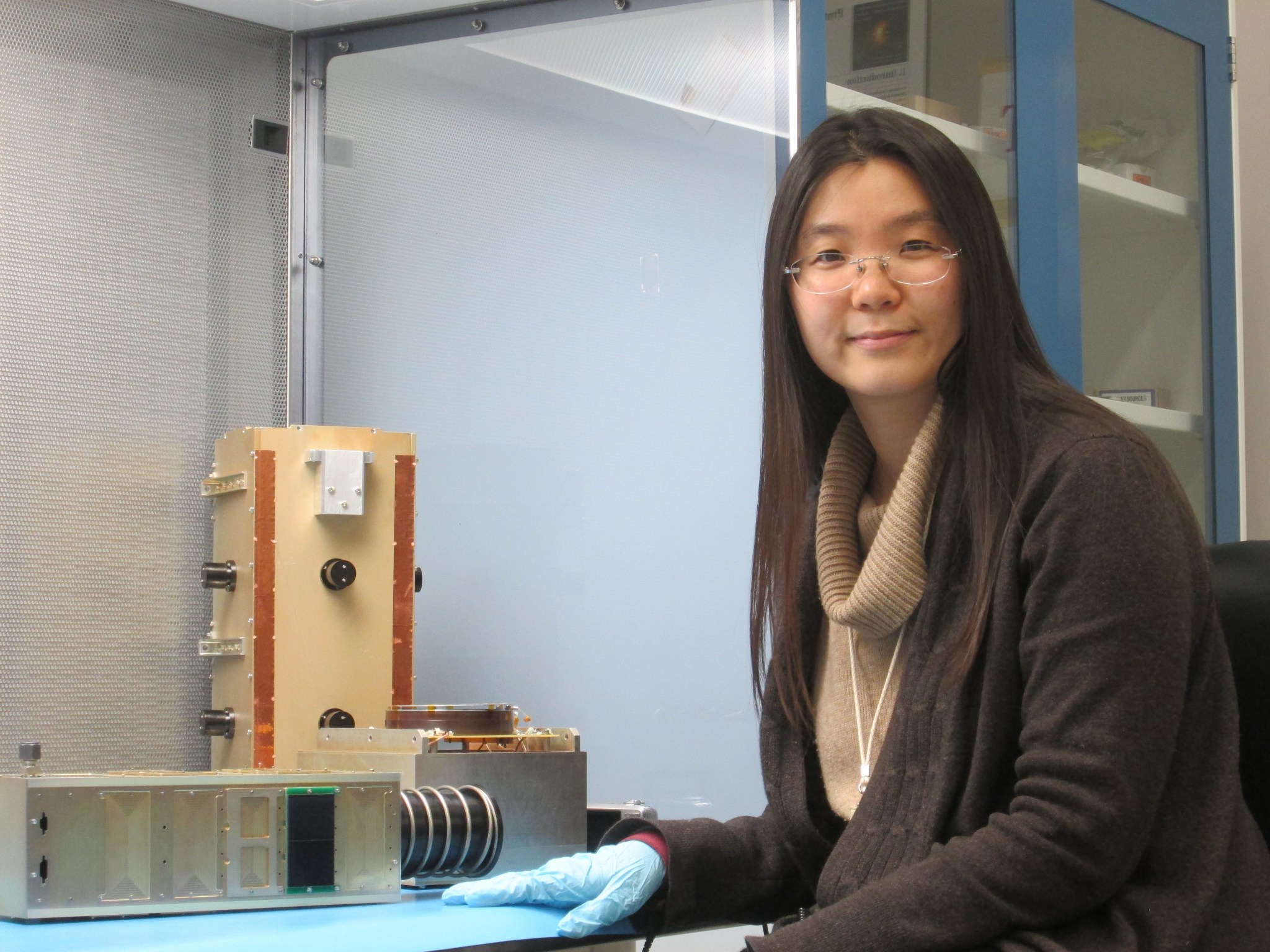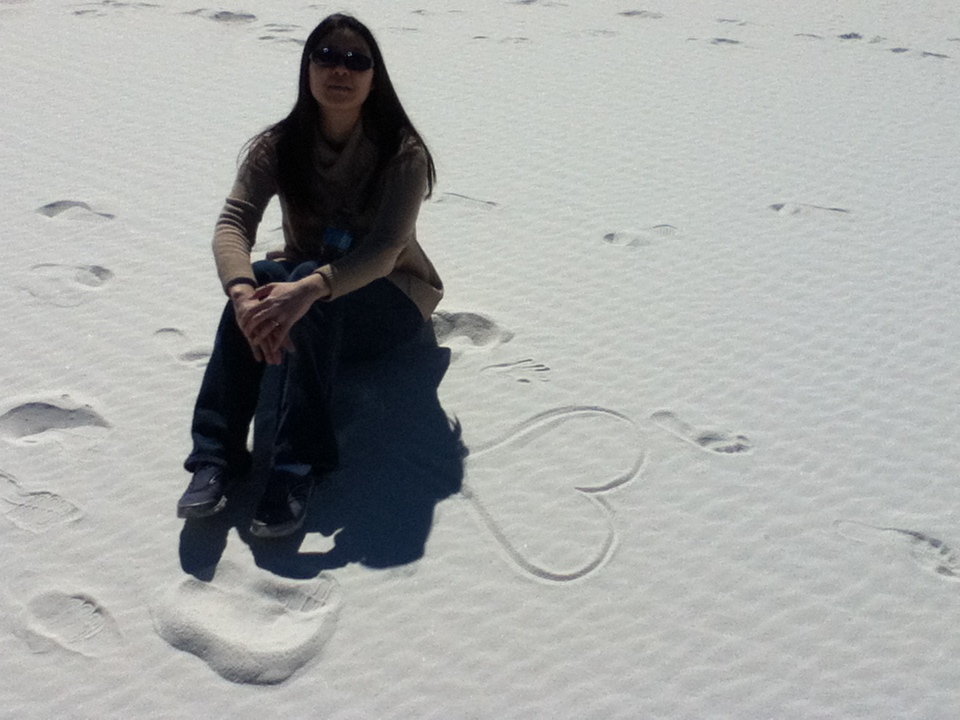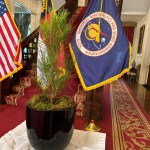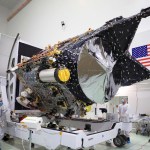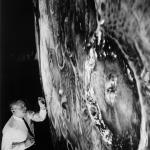Name: Hyunju K. Connor
Title: Postdoctoral Fellow
Organization: Code 674, Space Weather Laboratory, Heliophysics Division, Science Directorate
While at university in South Korea, Hyunju K. Connor had only one space science book in Korean. Now, she does cutting-edge research on space storms.
What do you do and what is most interesting about your role here at Goddard? How do you help support Goddard’s mission?
I have a postdoctoral fellowship to model space weather in the near-Earth space environment. Space is full of ions and electrons, which form plasmas full of energy. Our sun is a major source of these plasmas, which bombard our Earth. Earth’s magnetosphere protects us from most of these dangerous particles, but some of them penetrate Earth’s magnetosphere. These particles can create strong space storms, which could damage satellites and even cause loss of GPS and radio signals and power outages.
Goddard is one of the world’s leading space science centers with capabilities ranging from instrument development to spacecraft operations and scientific analysis of data from the missions. My modeling efforts support advanced analysis of data from a number of Goddard heliophysics science missions including the Magnetospheric Multiscale (MMS) mission. My work helps address a key NASA objective: to “understand the sun and its interactions with Earth and the solar system, including space weather.”
What is one of the coolest things you are doing at Goddard?
I am part of a future satellite and instrument planning team. Scientists and engineers from four different Goddard divisions meet weekly to discuss future spacecraft missions from initial concept to launch. My role is to model the data the team expects to receive from a potential satellite. As a student, I benefited from previous satellites, so it is very exciting that I am now helping to make one.
One of the future instruments we are proposing is called the Sheath Transport Observer for the Redistribution of Mass (STORM). STORM is an instrument that will take pictures of Earth’s magnetosphere every several minutes, which has never been done before. The magnetosphere is not visible to the human eye. STORM will allow us to “see” space storms as they are happening.
Why did you become an astronomer?
I was born in Busan, South Korea. During high school, I went to a summer astronomy camp. I learned how to use telescopes, saw planets and was fascinated by Saturn’s rings. Astronomy camp inspired me to become an astronomer.
What path did you take to become an astronomer?
I went to Kyungpook National University in Taegu, South Korea, where I double-majored in physics and astronomy. I did not like physics, but a teacher told me that if I wanted to be successful in astronomy then I had to understand physics. Now I love physics.
While in my last year as an undergraduate, I took my first class in space weather. I
loved the practicality of space weather and wanted to learn more.
I remained at KNU to earn a master’s degree in astronomy, with an emphasis in space weather. During my master’s program, I attended an international workshop on space weather in Sapporo, Japan. I learned that space weather can be modeled and predicted. I saw the potential of the field and wanted to be a part of it.
I got my doctorate from the University of New Hampshire, where I majored in space weather modeling. My degree was from their physics department.
How did you get a postdoctoral fellowship at Goddard?
I applied twice. I didn’t get in the first time, but was encouraged to apply the following year. In the meantime, I got a postdoctoral position at the University of New Mexico, Albuquerque, to study how the solar wind energy enters the magnetosphere and ionosphere. One-and-a-half years later, I was accepted as a postdoctoral fellow at Goddard.
What advice would you give to a student who wanted to work as a postdoctoral fellow at Goddard?
Don’t give up. If you don’t get in the first time, try again. Scientists are always writing proposals, not all of which are accepted, so this is good practice.
You are just starting your career. What do you hope to accomplish in the next 30 years?
I want to focus on a global Earth’s response to space weather to create a more universal model. I also want to inspire the next generation of space weather scientists. Whenever I return to South Korea, I try to talk to university students. When I was a university student, only one space science book was published in Korean. I want to help South Korean students better understand space weather in their native language.
Describe yourself in six words.
Determined, hard-working, passionate, humble, patient and kind.
By Elizabeth M. Jarrell
NASA’s Goddard Space Flight Center, Greenbelt, Md.

Conversations With Goddard is a collection of Q&A profiles highlighting the breadth and depth of NASA’s Goddard Space Flight Center’s talented and diverse workforce. The Conversations have been published twice a month on average since May 2011. Read past editions on Goddard’s “Our People” webpage.
By Elizabeth M. Jarrell
NASA’s Goddard Space Flight Center





























